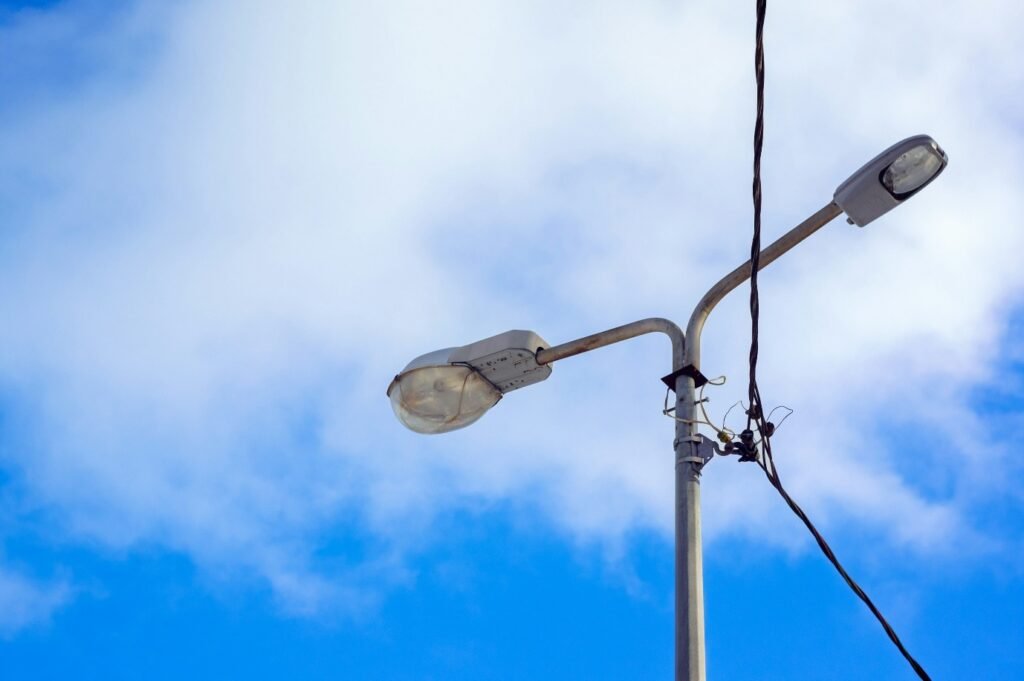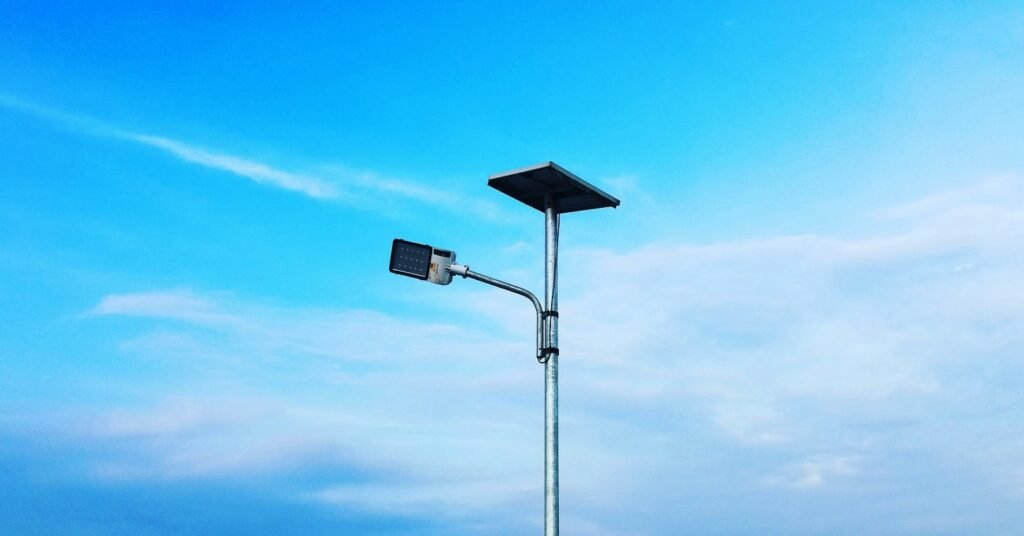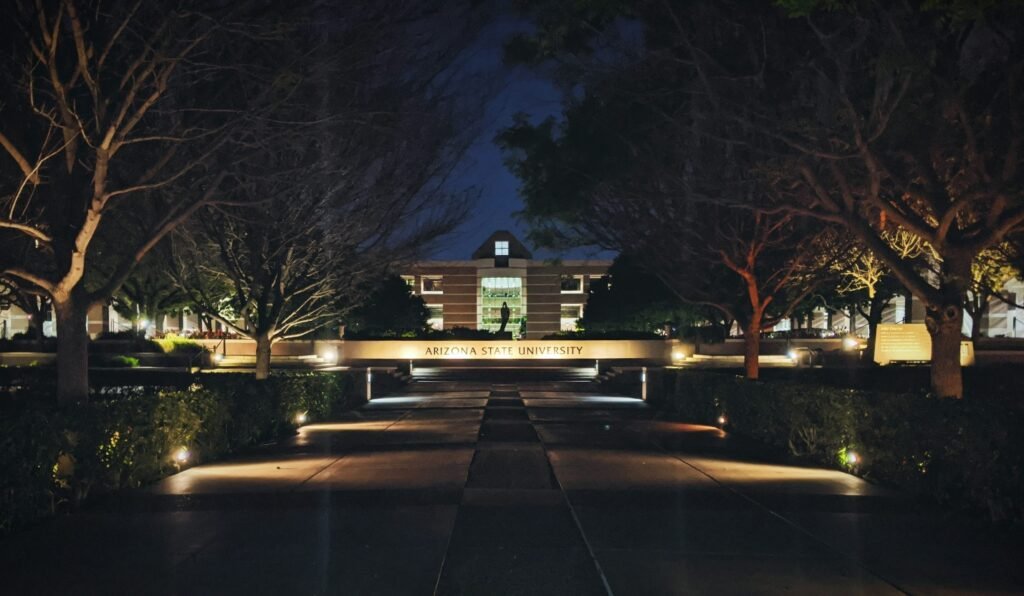Outdoor lighting does more than give illumination as it safeguards pedestrians and improves urban aesthetics. Streetlights and pathway lighting all add to public safety, behind this evidently simple function is an intricate framework of outdoor lighting standards and certifications.
For photocells and smart lighting sensors to work as expected, they must follow the recognized safety and performance benchmarks. Following these is not optional, it is a confirmation of safety and long-term reliability, municipalities and contractors face risks if non-compliant products are installed which causes early failures, electrical hazards, and costly maintenance cycles.
Proper photocell compliance makes sure that dusk-to-dawn controls work accurately, activating only when surrounding light levels dictate. Certified LED fixtures keep brightness without overheating, while smart sensors integrate seamlessly into lighting networks. When standards like ANSI C136.10, Zhaga certification, and UL CE approval are followed, lighting projects achieve not just functionality but also trust, durability, and scalability.

Overview of Key Standards for Photocells and LED Fixtures
The foundation of safe outdoor lighting rests on standards that define technical and safety requirements.
ANSI C136.10: The Benchmark for Photocells
The ANSI C136.10 standard defines the design, performance, and testing criteria for roadway lighting photocontrol devices as it governs voltage ratings, surge withstand capacity, and electrical contact performance. A photocell meeting ANSI standards makes sure that lights turn on at dusk and off at dawn accurately, even under fluctuating weather and power conditions, key requirements are:
- Surge protection against lightning strikes and power fluctuations
- Defined delay times to prevent false switching
- Mechanical durability for outdoor operation
Following ANSI C136.10 makes sure that photocells are able to work in different kind of climates.
Zhaga Certification: Enabling Modular Smart Lighting
Zhaga certification, particularly Book 18, focuses on interoperability. It standardizes how sensors, drivers, and communication modules connect to LED luminaires. This open standard lets municipalities purchase components from different vendors without panicking about compatibility.
Benefits include:
- Plug-and-play sensor upgrades
- Interchangeable communication modules for IoT-ready lighting
- Reduced downtime during maintenance or retrofits
For future-proof streetlights, Zhaga compliance is crucial, it makes sure that lighting systems evolve as cities adopt more advanced smart technologies.
UL and CE Approvals: International Safety Compliance
While ANSI and Zhaga address performance and compatibility, UL CE approval verifies overall product safety. UL is widely recognized in North America, while CE is important for European projects.
Both certifications confirm:
- Fire safety and electrical hazard protection.
- Safe operation under extreme voltage conditions.
- Durability in outdoor applications.
For global manufacturers, getting both UL and CE certification improves access to market and promote confidence in buyers.
Testing and Certification Procedures
Achieving compliance is not a simple declaration, it contains rigorous testing and verification.
Photocell Testing
Photocells undergo multiple evaluations before receiving photocell compliance certification. Tests include:
- Light level switching tests: verifying accurate dusk-to-dawn activation
- Temperature endurance: simulating extreme heat and cold cycles
- Surge resistance: exposing devices to spikes of high-voltage
- Mechanical durability: judging impact resistance and ingress of water under IP-rated conditions
These tests guarantee that photocells function accurately in real-world environments.
Zhaga Certification Testing
Zhaga-compliant modules must demonstrate:
- Mechanical fit: Ensuring modules attach securely to luminaires.
- Electrical connectivity: Verifying correct voltage and load handling.
- Data communication: Confirming seamless interaction with other smart devices.
Zhaga Book 18 certification testing also evaluates plug-and-play capability, ensuring municipalities can replace modules without special tools.

UL and CE Testing
The UL CE approval process involves:
- Insulation resistance checks.
- High-voltage withstand testing.
- Fire safety evaluations.
- Continuous-use assessments under wet and dusty conditions.
Every certified product comes with a report, proving compliance with these rigorous global safety measures.
Benefits of Certified Fixtures for Municipal and Commercial Projects
Why should municipalities or businesses prioritize certified products, even when uncertified options may look cheaper?
Reduced Operational Risk
Certified photocells and fixtures follow the outdoor lighting standards, which results in fewer failures and less downtime, for municipalities, this translates into better public safety. For businesses, it translates to uninterrupted operations and lower liability.
Predictable Performance
With certified devices, performance metrics such as light output, accuracy of switching, and energy savings are consistent, photocell that passes ANSI C136.10 delivers the same dusk-to-dawn functionality across thousands of fixtures.
Simplified Maintenance
Certified products simplify upgrades. A Zhaga certification ensures that when a module fails, a technician can replace it within minutes. Standardization also reduces inventory requirements, one sensor type fits multiple luminaires.
Financial Benefits
While upfront costs may be higher, certified components reduce maintenance frequency and increase lifespan of fixture. This lowers the total cost of ownership (TCO). Energy-efficient, compliant photocells also reduce electricity bills, further improving ROI.
Regulatory Compliance
Cities increasingly mandate UL CE approval and Zhaga compliance in tenders. Projects that are using uncertified components risk rejection or penalties. Certification confirms adherence to evolving energy and safety regulations.
Key Standards and Their Benefits
| Standard / Certification | Scope of Compliance | Key Benefits |
| ANSI C136.10 | Photocell performance, surge protection, timing | Reliable dusk-to-dawn switching, resilience under harsh weather |
| Zhaga Certification | Interoperability of sensors and LED modules | Plug-and-play upgrades, modular design, smart city compatibility |
| UL Approval | North American product safety | Electrical hazard prevention, fire safety |
| CE Certification | European product safety and performance | Global acceptance, compliance with EU directives |
Conclusion / CTA
Compliance in outdoor lighting is not just about meeting technical specifications, it is about making sure of safety and long-term value, outdoor lighting standards like ANSI C136.10 give the foundation for reliable photocells, Zhaga certification makes sure of modularity and future-proof smart lighting, UL CE approval confirms that products are able to meet global safety expectations.
For municipalities and commercial developers, the choice is clear that certified fixtures and sensors reduce maintenance costs, increase the lifespan of infrastructure while aligning with global energy-efficiency goals.
At Lead-Top, we specialize in delivering photocell compliance solutions and fully certified components. From ANSI C136.10 photocells to Zhaga-ready controllers and UL/CE-approved fixtures, our products ensure safe, sustainable, and high-performance outdoor lighting.
Contact Lead-Top today to learn how certified components can simplify your projects, improve safety, and guarantee compliance across all outdoor lighting applications.
Reference:
- https://en.wikipedia.org/wiki/UL_(safety_organization)
- https://en.wikipedia.org/wiki/CE_marking
- https://leaditop.com/product-2/
- https://leaditop.com/product-category/product/zhaga-control/?_gl=1*1o7dqko*_up*MQ..*_ga*MjE5MzA5MTEzLjE3NTkwODQ1MDE.*_ga_S4H39S96GX*czE3NTkwODQ0OTckbzEkZzAkdDE3NTkwODQ0OTckajYwJGwwJGgzMTc4NTc5NjE.







